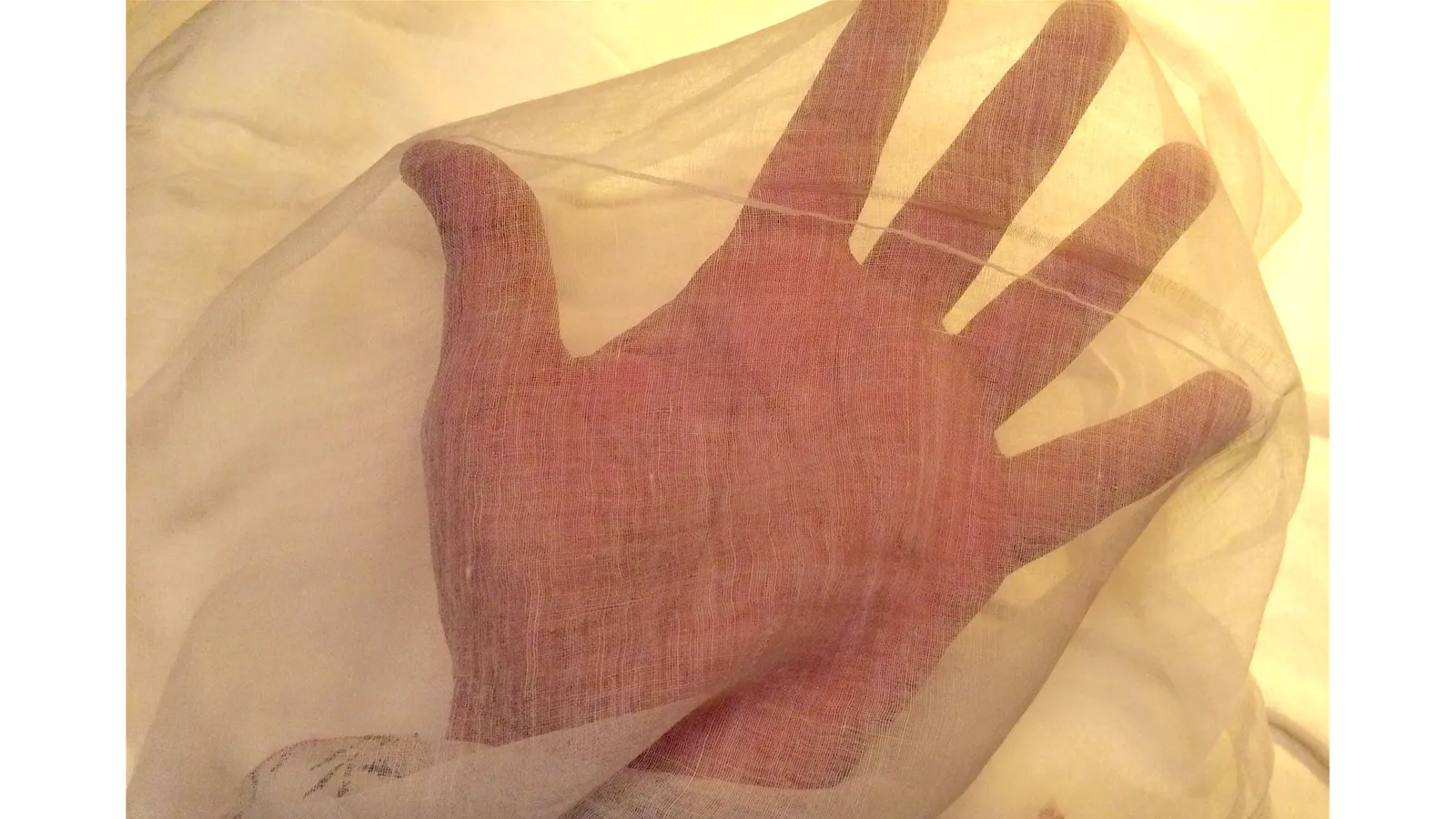 |
| Joséphine Bonaparte |
From the BBC:
ShareIn late 18th-Century Europe, a new fashion led to an international scandal. In fact, an entire social class was accused of appearing in public naked.
The culprit was Dhaka muslin, a precious fabric imported from the city of the same name in what is now Bangladesh, then in Bengal. It was not like the muslin of today. Made via an elaborate, 16-step process with a rare cotton that only grew along the banks of the holy Meghna river, the cloth was considered one of the great treasures of the age. It had a truly global patronage, stretching back thousands of years – deemed worthy of clothing statues of goddesses in ancient Greece, countless emperors from distant lands, and generations of local Mughal royalty.
There were many different types, but the finest were honoured with evocative names conjured up by imperial poets, such as "baft-hawa", literally "woven air". These high-end muslins were said to be as light and soft as the wind. According to one traveller, they were so fluid you could pull a bolt – a length of 300ft, or 91m – through the centre of a ring. Another wrote that you could fit a piece of 60ft, or 18m, into a pocket snuff box.
Dhaka muslin was also more than a little transparent.
While traditionally, these premium fabrics were used to make saris and jamas – tunic-like garments worn by men – in the UK they transformed the style of the aristocracy, extinguishing the highly structured dresses of the Georgian era. Five-foot horizontal waistlines that could barely fit through doorways were out, and delicate, straight-up-and-down "chemise gowns" were in. Not only were these endowed with a racy gauzy quality, they were in the style of what was previously considered underwear.
In one popular satirical print by Isaac Cruikshank, a clique of women appear together in long, brightly coloured muslin dresses, though which you can clearly see their bottoms, nipples and pubic hair. Underneath reads the description, "Parisian Ladies in their Winter Dress for 1800".
Meanwhile in an equally misogynistic comedic excerpt from an English women's monthly magazine, a tailor helps a female client to achieve the latest fashion. "Madame, ’tis done in a moment," he assures her, then instructs her to remove her petticoat, then her pockets, then her corset and finally her sleeves… "‘Tis an easy matter, you see," he explains. "To be dressed in the fashion, you have only to undress."
Still, Dhaka muslin was a hit – with those who could afford it. It was the most expensive fabric of the era, with a retinue of dedicated fans that included the French queen Marie Antoinette, the French empress Joséphine Bonaparte and Jane Austen. But as quickly as this wonder-cloth struck Enlightenment Europe, it vanished. (Read more.)




















No comments:
Post a Comment